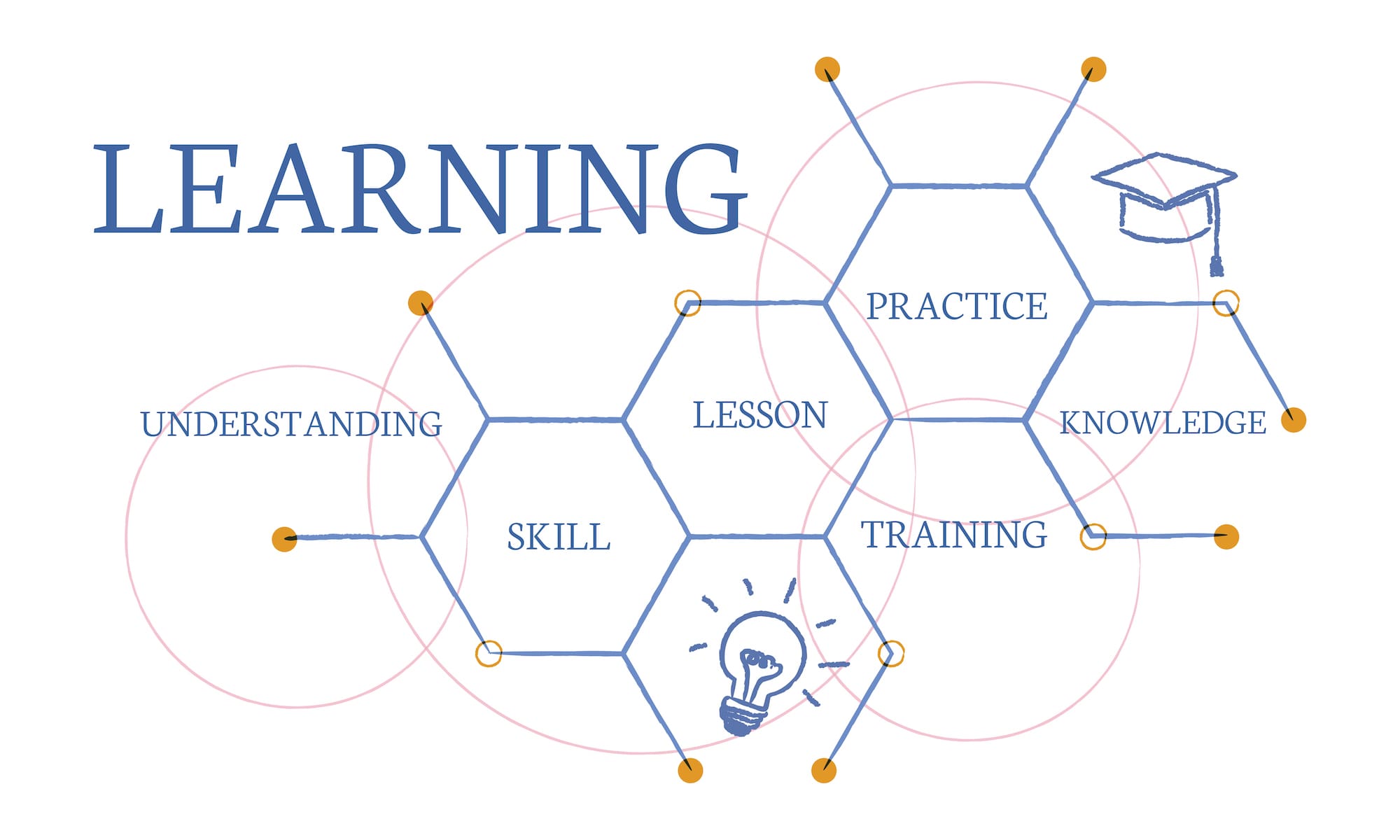Introduction
You’ve found the right ‘How to choose your next training course’ handy guide. Read on to find out what helpful tips and observations we’ve put together to make sure you prepare for getting the best out of your next training course be it for fun or more serious. All it takes is five steps, which are:
- Consider your interests, skills, values and personality
- Research the courses
- Match what you know about yourself to a course
- Know your budget
- Take action!
Step 1 – Consider your interests, skills, values and personality
Are you looking for something that’s part of your professional development or a course that’s going to help you enjoy your hobby or your next adventure?
If it’s part of your professional development then it’s best to realise, up front, that there is no one road to take, as each person’s career situation is unique. Nonetheless, training for any career path is always important and personal development within that context will play a large part.
Step 2 – Research the courses
There are many training course provider organisations offering a wide range of courses. When you search for courses (and we can certainly help you with that with our course directory) make sure that you consider:
- Is the course brand new or well established?
- Is the course provider a well known company in that field?
- Is the course online, in a classroom, blended learning with practicals?
- If it’s in a classroom:
- What’s the address?
- How will you get there?
- What are the course facilities like?
- Course duration including the start and end times
- Size of the class
- What the experience is of the Course tutor?
- Shop around to see if the course represents value for money
- Look for reviews (we have those!) and testimonials
- Find out about their cancellation policy
- What do you get at the end of it, is there a formal qualification or accreditation/certification?
- Discover how what the acceptable payment methods are. For example, we accept all debit and credit cards via PayPal
Step 3 – Match what you know about yourself to a course
Are you looking to have some fun or take your next phase of growing and learning very seriously? For example, you could be inspired to become an amazing baker. Wouldn’t it be an investment to learn from the best institution or if it’s just to impress your friends over dinner aim for something that requires less of your time (and money) to achieve the same outcome.
Are you aware of your learning style? It’s worth knowing that so you can pick the right course type for your learning style; Read/Write, and Kinaesthetic.
Visual learners prefer the use of images, maps, and graphic organisers to access and understand new information.
Auditory learners best understand new content through listening and speaking in situations such as lectures and group discussions. While aural learners use repetition as a study technique and benefit from the use of mnemonic devices.
Read and Write. People with a strong reading/writing preference learn best through words. These may present themselves as copious note takers or avid readers and are able to translate abstract concepts into words and essays. Is that you?
Kinaesthetic learners best understand information through tactile representations of information and finally hands-on learners learn best by figuring things out by hand. For instance, by understanding how a clock works by taking one apart and putting it back together.
Step 4 – Know your budget
I’m sure you already know who or what will fund your next training course? If it’s the company, make sure that you know what, if anything, the company is expecting of you if they invest in you and pay for your next training course. If it’s yourself or your partner or a present from a friend then you have a duty to make sure you choose with care and squeeze out every last bit of value from those funds.
Don’t forget that budget includes the cost of the course, travel, maybe even food and somewhere to stay, as well as the time that you give to the course too.
Step 5 – Take action!
Once you’ve thought about it, chatted it over with a friend or colleague, completed your research, book the course! Don’t put it off until tomorrow or another day.
In closing
Choose your next training course with care. What matters is that the course is right for you. And that you finish the course buzzing with new knowledge that you put into practice and have enriched and widened your horizons.

